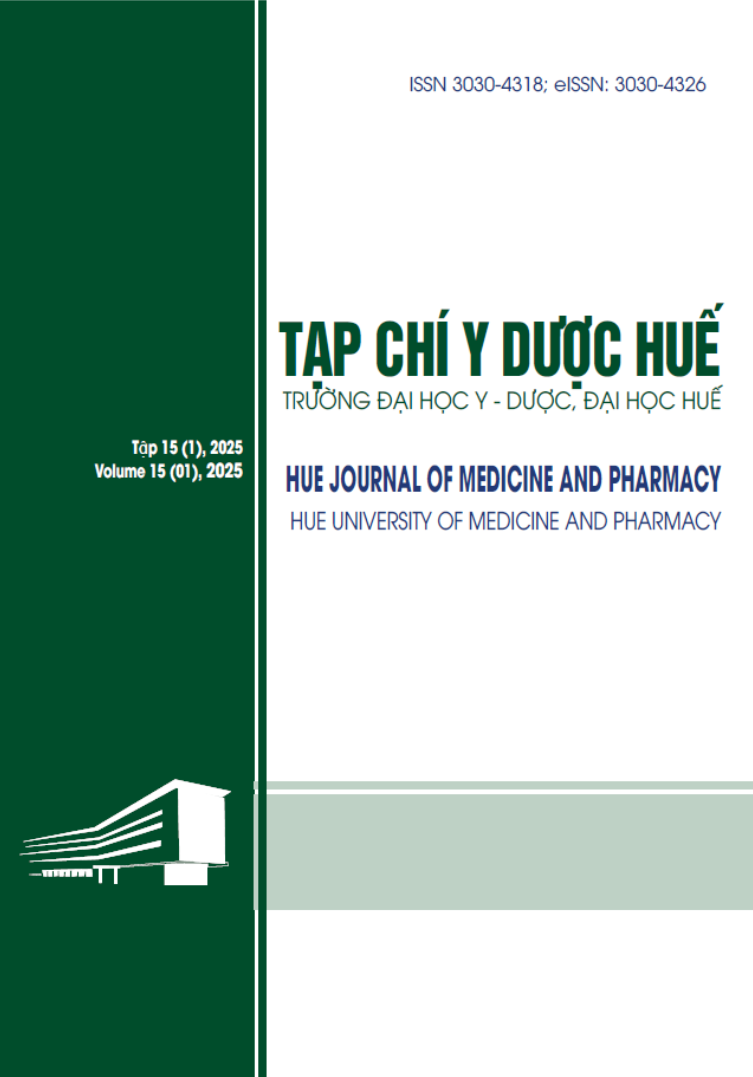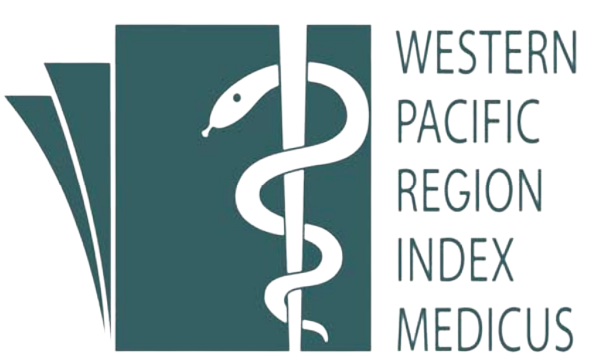Tóm tắt
Objective: This study aimed to validate the diagnostic utility of the Rajavithi-Ovarian Cancer Predictive Score (R-OPS) in preoperative ovarian cancer diagnosis and compare its efficacy with that of the Risk of Ovarian Malignancy Algorithm (ROMA).
Methods: A prospective cohort study was conducted at two hospitals in Vietnam from January 2024 to January 2025, involving 215 patients with adnexal masses (69 malignant, 146 benign) who underwent surgery. R-OPS was calculated using menopausal status, ultrasound findings, and serum cancer antigen 125 (CA125) and human epididymal protein 4 (HE4) levels.
Results: R-OPS achieved an AUC of 91.4% (95% CI: 87.0 - 95.7%). At a cut-off of > 330, it displayed a specificity of 95.2% and a sensitivity of 71.0%, with positive and negative predictive values of 86.0% and 87.3%. R-OPS outperformed ROMA by 5.9% in AUC (P<0.001).
Conclusion: R-OPS is an effective tool for preoperative differentiation between benign and malignant ovarian masses, demonstrating superior performance compared to ROMA.
| Đã xuất bản | 09-05-2025 | |
| Toàn văn |
|
|
| Ngôn ngữ |
|
|
| Số tạp chí | Tập 15 Số 2 (2025) | |
| Phân mục | Nghiên cứu | |
| DOI | 10.34071/jmp.2025.2.15 | |
| Từ khóa | Ovarian cancer, R-OPS, ROMA, diagnostic accuracy, predictive score, biomarkers |

công trình này được cấp phép theo Creative Commons Attribution-phi thương mại-NoDerivatives 4.0 License International .
Bản quyền (c) 2025 Tạp chí Y Dược Huế
Reid BM, Permuth JB, Sellers TA. Epidemiology of ovarian cancer: a review. Cancer Biol Med. 2017;14(1):9-32.
Webb PM, Jordan SJ. Epidemiology of epithelial ovarian cancer. Best Pract Res Clin Obstet Gynaecol. 2017;41:3-14.
Momenimovahed Z, Tiznobaik A, Taheri S, Salehiniya H. Ovarian cancer in the world: epidemiology and risk factors. Int J Womens Health. 2019;11:287-99.
Dexter JM, Brubaker LW, Bitler BG, Goff BA, Menon U, Moore KN, et al. Ovarian cancer think tank: An overview of the current status of ovarian cancer screening and recommendations for future directions. Gynecol Oncol Rep. 2024;53:101376.
Stewart C, Ralyea C, Lockwood S. Ovarian Cancer: An Integrated Review. Semin Oncol Nurs. 2019;35(2):151-6.
Moore RG, Jabre-Raughley M, Brown AK, Robison KM, Miller MC, Allard WJ, et al. Comparison of a novel multiple marker assay vs the Risk of Malignancy Index for the prediction of epithelial ovarian cancer in patients with a pelvic mass. Am J Obstet Gynecol. 2010;203(3):228 e1-6.
Manjunath AP, Pratapkumar, Sujatha K, Vani R. Comparison of three risk of malignancy indices in evaluation of pelvic masses. Gynecol Oncol. 2001;81(2):225-9.
Yanaranop M, Tiyayon J, Siricharoenthai S, Nakrangsee S, Thinkhamrop B. Rajavithi-ovarian cancer predictive score (R-OPS): A new scoring system for predicting ovarian malignancy in women presenting with a pelvic mass. Gynecol Oncol. 2016;141(3):479-84.
Rachel S, Gopala N, Gatty RR. Comparision Of Rmi (Risk Of Malignancy Index), Roma (Risk Of Ovarian Malignancyalgorithm) And R-OPS (Rajavithi Ovarian Cancer Prediction
Score) Algorithms In Prediction Of Ovarian Malignancy In Adnexal Mass. International Journal Of Scientific Research. 2019;8(12):65-7.
Hanley JA, McNeil BJ. The meaning and use of the area under a receiver operating characteristic (ROC) curve. Radiology. 1982;143(1):29-36.
Timmerman D, Planchamp F, Bourne T, Landolfo C, du Bois A, Chiva L, et al. ESGO/ISUOG/IOTA/ESGE Consensus Statement on preoperative diagnosis of ovarian tumors. Ultrasound Obstet Gynecol. 2021;58(1):148-68.
Young R. WHO classification of tumours of female reproductive organs. 2014:12-3.
Kleppe M, van der Aa MA, Van Gorp T, Slangen BF, Kruitwagen RF. The impact of lymph node dissection and adjuvant chemotherapy on survival: A nationwide cohort study of patients with clinical early-stage ovarian cancer. Eur J Cancer. 2016;66:83-90.
Hanley JA, McNeil BJ. A method of comparing the areas under receiver operating characteristic curves derived from the same cases. Radiology. 1983;148(3):839-43.
Cheng G, Wang M, Sun H, Lai J, Feng Y, Liu H, et al. Age at menopause is inversely related to the prevalence of common gynecologic cancers: a study based on NHANES. Front Endocrinol (Lausanne). 2023;14:1218045.






